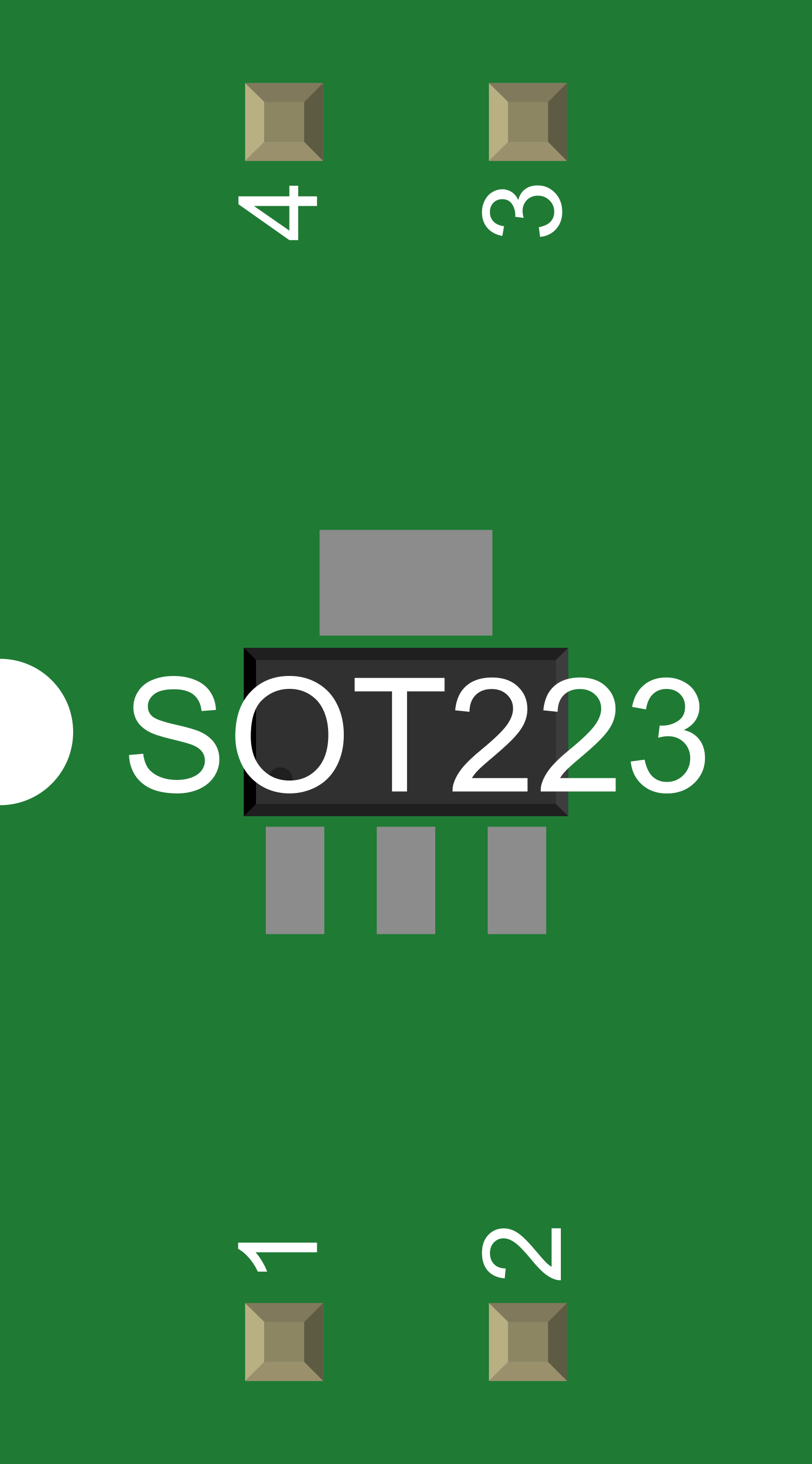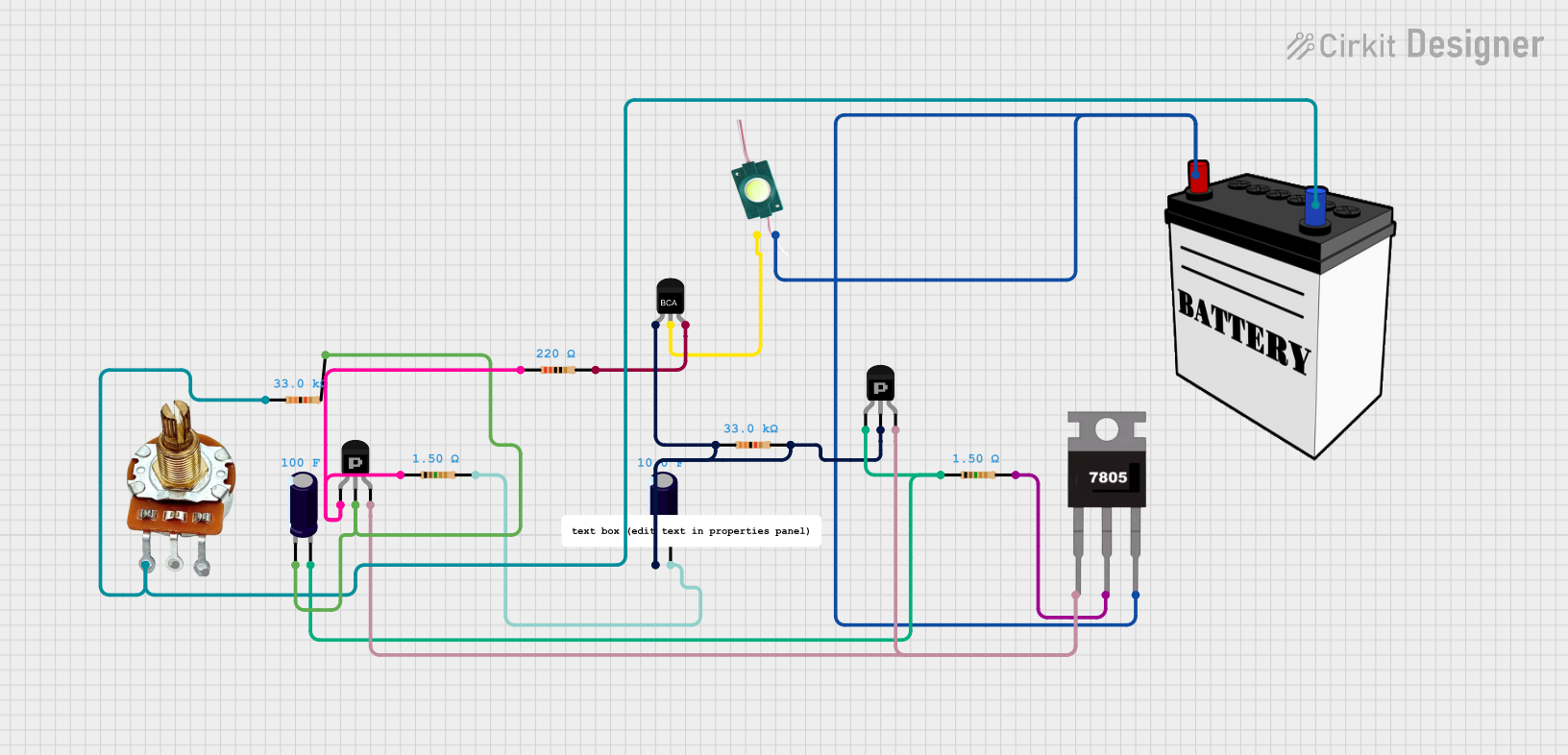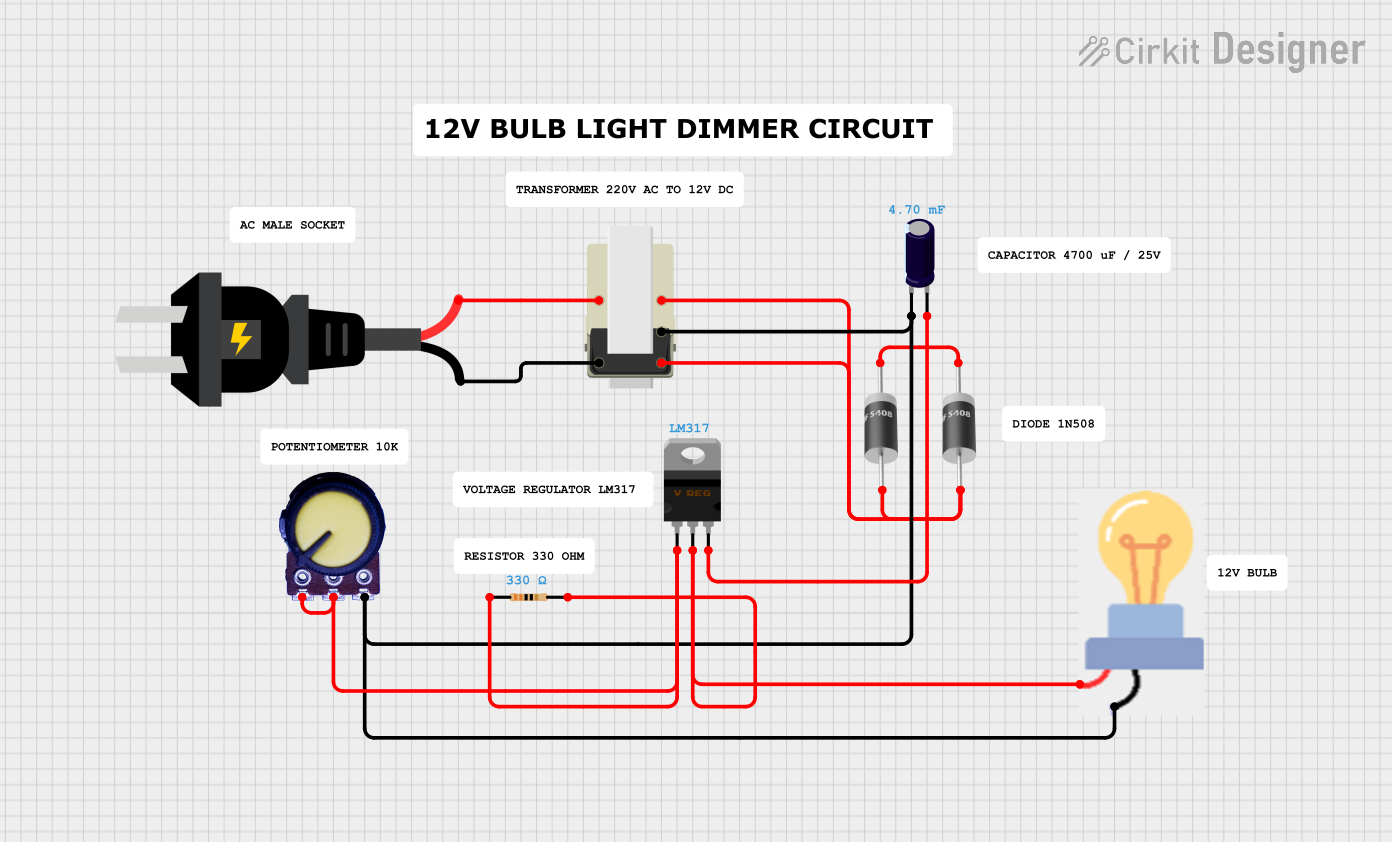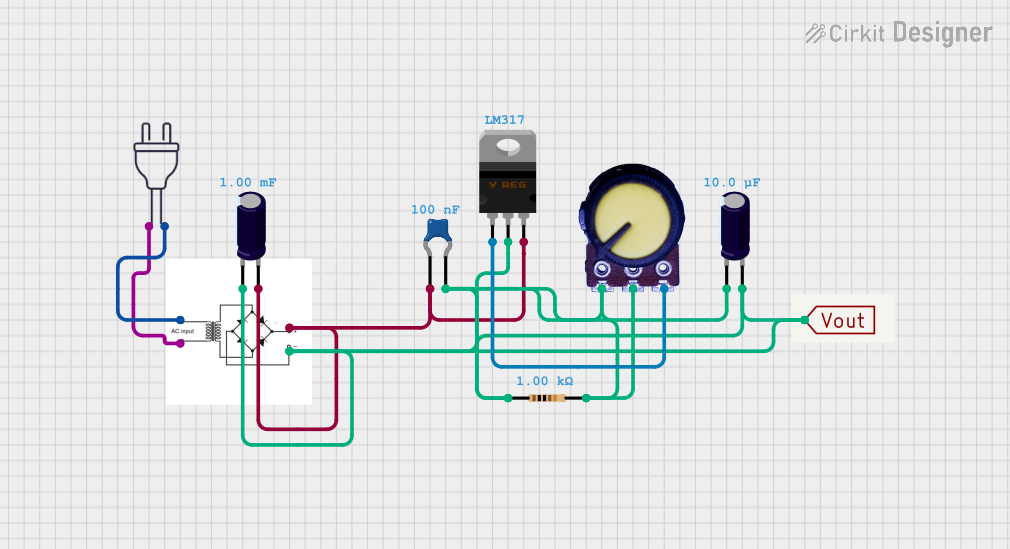
How to Use Voltage Regulator: Examples, Pinouts, and Specs

 Design with Voltage Regulator in Cirkit Designer
Design with Voltage Regulator in Cirkit DesignerIntroduction
A voltage regulator is an essential electronic component that ensures electronic devices receive a constant voltage level, regardless of fluctuations in the input voltage or variations in the load. This stability is crucial for sensitive electronics that require a steady power supply to function correctly. Voltage regulators are widely used in power supplies for computers, consumer electronics, and any device that demands a stable voltage to operate reliably.
Explore Projects Built with Voltage Regulator

 Open Project in Cirkit Designer
Open Project in Cirkit Designer
 Open Project in Cirkit Designer
Open Project in Cirkit Designer
 Open Project in Cirkit Designer
Open Project in Cirkit Designer
 Open Project in Cirkit Designer
Open Project in Cirkit DesignerExplore Projects Built with Voltage Regulator

 Open Project in Cirkit Designer
Open Project in Cirkit Designer
 Open Project in Cirkit Designer
Open Project in Cirkit Designer
 Open Project in Cirkit Designer
Open Project in Cirkit Designer
 Open Project in Cirkit Designer
Open Project in Cirkit DesignerCommon Applications and Use Cases
- Power supplies for electronic circuits
- Battery chargers
- Automotive electronics to regulate alternator output
- Solar power systems
- Voltage regulation for sensitive equipment like medical devices
Technical Specifications
Key Technical Details
- Input Voltage Range: The range of voltage the regulator can accept.
- Output Voltage: The stable voltage the regulator provides.
- Current Rating: Maximum current the regulator can supply.
- Power Dissipation: The amount of power the regulator can dissipate as heat.
- Efficiency: The ratio of output power to input power, expressed as a percentage.
- Line Regulation: The ability to maintain the output voltage as the input voltage varies.
- Load Regulation: The ability to maintain the output voltage as the load varies.
Pin Configuration and Descriptions
| Pin Number | Name | Description |
|---|---|---|
| 1 | IN | Input voltage pin where the unregulated voltage is applied |
| 2 | GND | Ground reference for the regulator |
| 3 | OUT | Output voltage pin providing the regulated voltage |
Usage Instructions
How to Use the Voltage Regulator in a Circuit
- Connect the Input: Apply the unregulated input voltage to the IN pin.
- Grounding: Connect the GND pin to the ground of your circuit.
- Output Voltage: Take the regulated output voltage from the OUT pin.
Important Considerations and Best Practices
- Heat Dissipation: Ensure adequate heat sinking for the regulator, especially when drawing high currents or when there is a significant difference between input and output voltages.
- Capacitors: Place a capacitor close to the input and output pins to filter out voltage spikes and improve stability.
- Input Voltage: Ensure the input voltage is within the specified range for the regulator to prevent damage.
- Current Limit: Do not exceed the current rating of the voltage regulator to avoid overheating and potential failure.
Troubleshooting and FAQs
Common Issues
- Voltage Drop: If the output voltage is lower than expected, check for excessive load or insufficient input voltage.
- Overheating: If the regulator is too hot, improve heat dissipation or check if the current draw is within the specified limit.
- Instability: If the output voltage is unstable, verify the presence and correct value of the input and output capacitors.
Solutions and Tips for Troubleshooting
- Check Connections: Ensure all pins are properly connected and there are no loose connections.
- Measure Input Voltage: Verify that the input voltage is within the specified range for the regulator.
- Inspect Capacitors: Ensure capacitors are correctly rated and properly installed.
- Heat Sink Installation: If overheating persists, consider using a larger heat sink or improving airflow around the regulator.
FAQs
Q: Can I use a voltage regulator to step up voltage? A: No, standard voltage regulators are designed to step down voltage. For stepping up voltage, you would need a boost converter.
Q: What happens if I exceed the current rating of the voltage regulator? A: Exceeding the current rating can lead to overheating and potential failure of the regulator. It may also trigger built-in thermal shutdown mechanisms if available.
Q: How can I increase the efficiency of my voltage regulator? A: To increase efficiency, choose a regulator with a lower dropout voltage or switch to a switching regulator if the application allows.
Example Code for Arduino UNO
Below is an example of how to use a voltage regulator with an Arduino UNO to power an external component that requires a regulated voltage.
// This example assumes the use of a 5V voltage regulator to power an LED.
void setup() {
pinMode(13, OUTPUT); // Set the built-in LED as an output
}
void loop() {
digitalWrite(13, HIGH); // Turn on the LED
delay(1000); // Wait for 1 second
digitalWrite(13, LOW); // Turn off the LED
delay(1000); // Wait for 1 second
}
// Note: Connect the output of the voltage regulator to the anode of the LED
// and the cathode to the ground with a suitable current-limiting resistor.
// The input of the voltage regulator should be connected to a voltage source
// higher than 5V (within the specified input range) and the ground to the
// common ground of the circuit.
Remember to comment your code adequately for clarity and maintainability, keeping in mind the 80-character line length limit for comments.